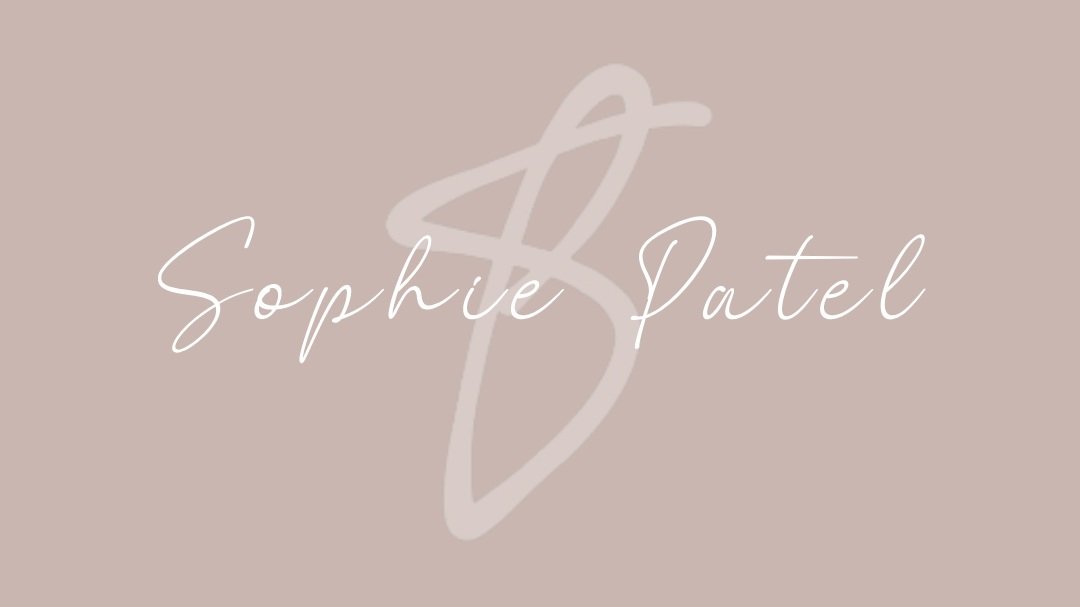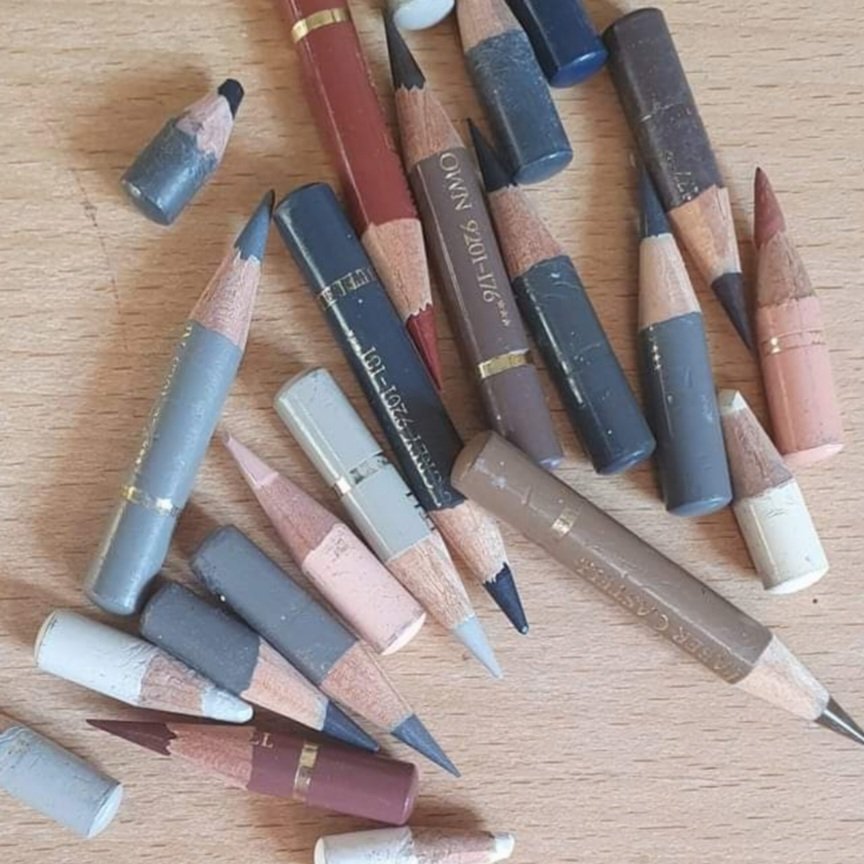Luna
The beautiful Lunas portrait presented a few challenges. Black and or white fur is always tricky as your aim is to capture the shadows and reflections to suggest form and to find those elusive extra colours in the fur to really bring it to life. White fur is never just white and black fur is never just black and those nuances are important to make a good portrait.
There was also the texture of her fur to contend with and to get the patches of white and black to make sense together. As well as this I was incorporating a different photo for her ‘beard’ as in the main photo used it was damp and clumped together and her owners preferred her usual fluffier face to be represented in her portrait. Combining photos like this can be tricky and is where experience and practise come into their own.
Luna has beautiful, large expressive eyes which were important to get right in this piece as well as ensuring the slight dot of ‘imperfection’ under her left (our right) eye was kept. It is these little differences that make our pets unique and the things we want to remember forever. My own dog has a little white patch on her black nose and she wouldn’t be her without it!
I think her ears were my favourite part to draw even though it took a while to sculpt those curls and get the darks suitably dark.
✏️ Lunas portrait was A4 size (approx 9 by 11 inches) and took approximately 11 and a half hours to complete.
🎧 I listened to The Discovery of Witches, Shadow of Night and The Book of Life by Deborah Harkness during and inbetween drawing Lunas portrait
The Materials
I used a combination of Faber Castel Polychromos, Derwent Drawing and Caran D’ache Pablos with the occasional touch of Caran D’ache luminance to create Lunas portrait. As my preferred surface for pet portraits I used white pastelmat board. Pastelmat is a unique surface manufactured by Claire Fontaine, it has some wonderful qualities such as the ability to accept many layers, layer light over dark (which is difficult with colour pencil) and to correct any slight mistakes without too much damage or hair pulling! Unfortunately due to the artisan manufacturing process each piece is slightly different and Claire Fontaine appears to have a wide range of what is ‘acceptable’. They range from very smooth with little to no visible grain to a much rougher visible dappled effect which takes many, many, many, many layers and a great deal of patience to cover so the smoother the better but this isn’t always possible. The piece I had for Lunas portait was somewhere in the middle so it did take a decent amount of layers to loose that ‘tooth’ (fill in all the bits in between the fibres so you get a smooth effect)


